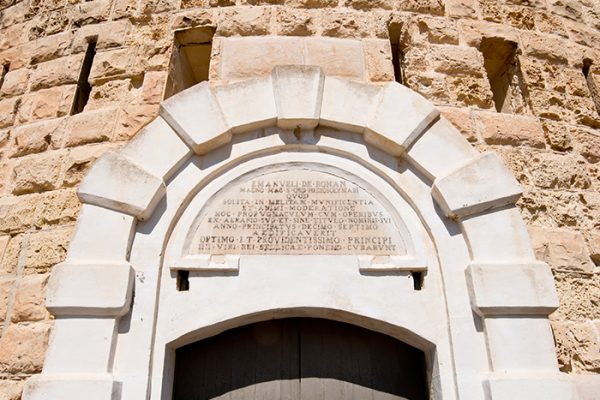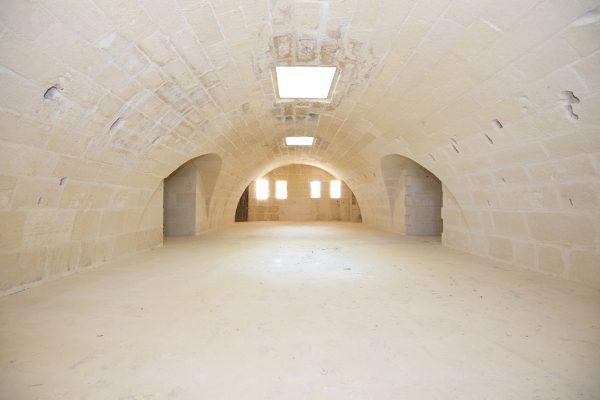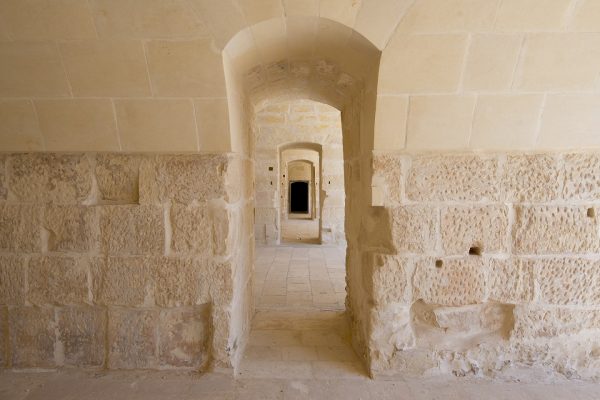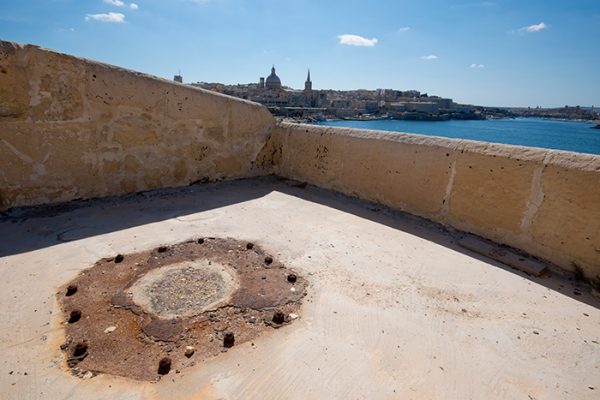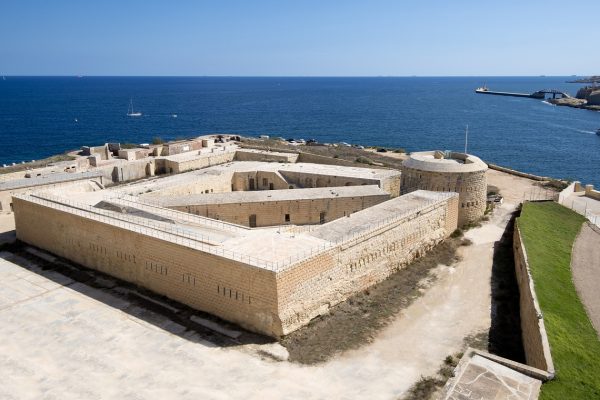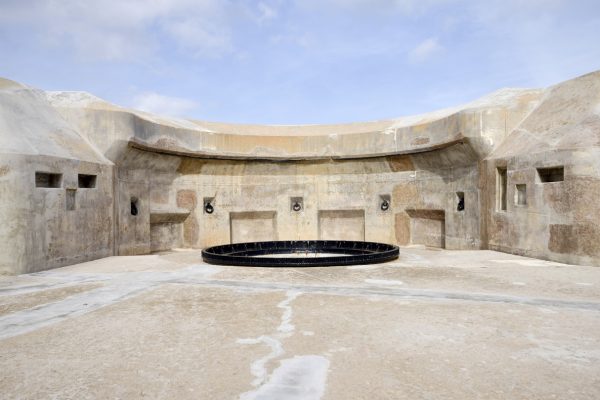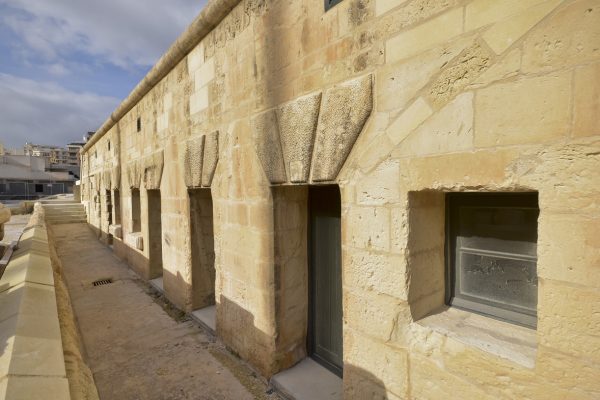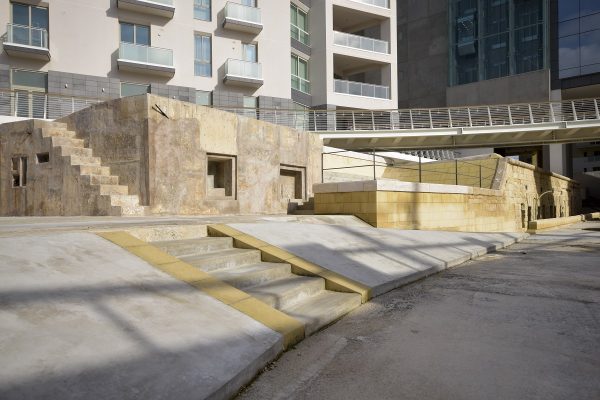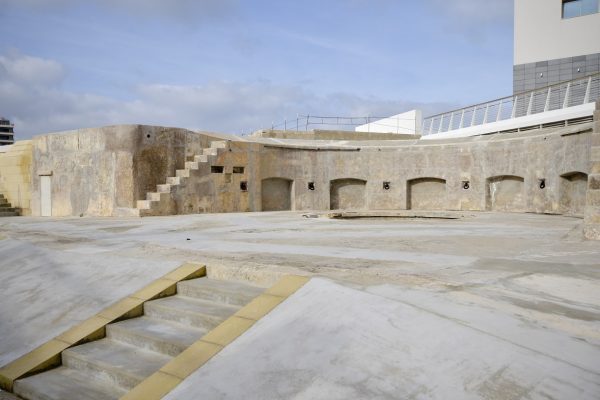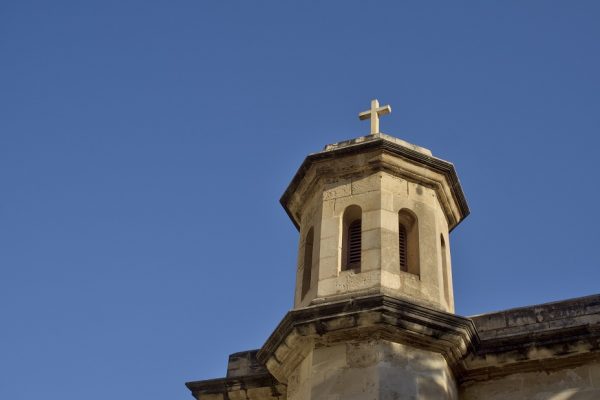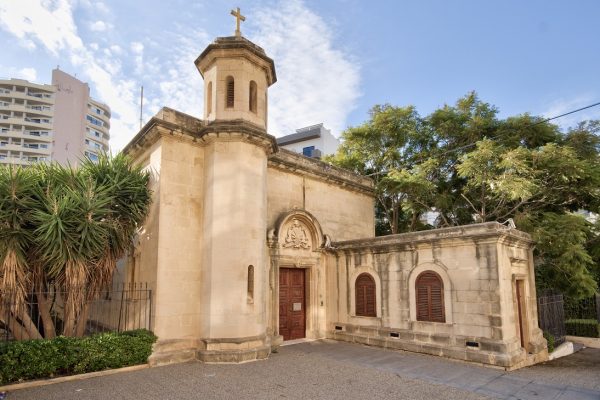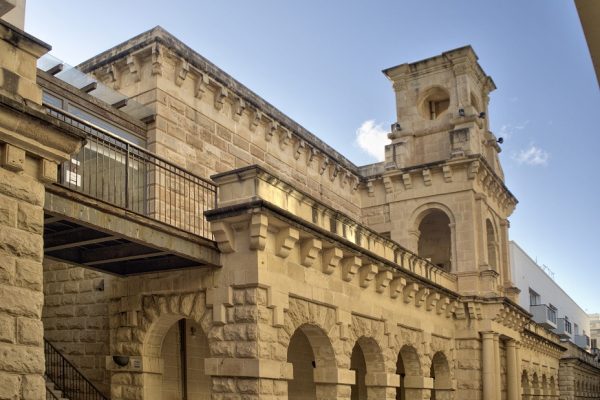Fort Tigné is located at the tip of the Tigné peninsula and is considered one of the oldest polygonal forts in the world.
It was constructed by the Order of St John in the late 18th century to protect the entrance to Marsamxett Harbour from invading forces. Six years following its completion the fort offered resistance to the forces of Napoleon when they took possession of the island in 1798; later still, the presence of British military barracks on the promontory attracted the attention of Axis bombers in World War Two, when Malta became “the most bombed place on earth.”
Although sadly neglected in the second half of the 20th century, Fort Tigné has been restored by the MIDI group as part of Tigné Point project.



